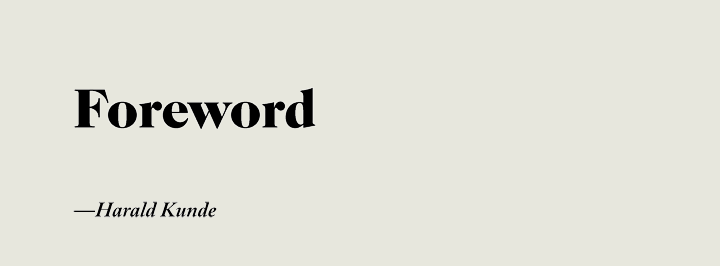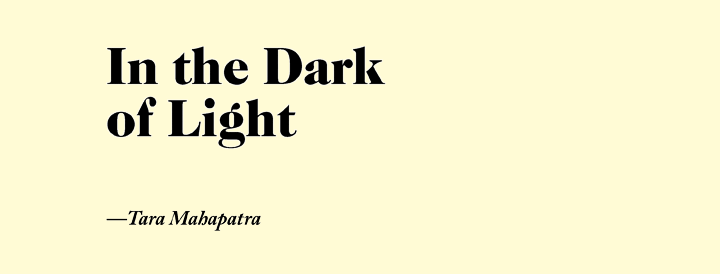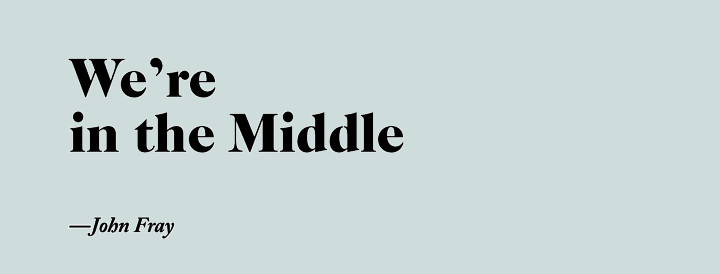
The process of transformation, or metamorphosis, is a major theme in Tara Mahapatra’s work. The bodies in her drawings exist in a liminal space on the cusp of a metamorphosis. For Mahapatra, transformation is an action that never ceases, it is in perpetual motion, and suggests that nothing can remain unchanged or in stasis. It is neither these fields of intensity that alter a body, nor a body that in turn alters the field: both parties appear to simultaneously affect one another. The bodies in her drawings hang in space before a multiplicity of possibilities before one of them crystallizes into something material, thereby rendering the others a virtual potential that was not actualized in the material realm. Despite this, there is always an element of danger in the enterprise. One can change beyond recognition, never to return to a former state. (...) |

Time and again, it proves both productive and exciting when contemporary artists perceive the examination of the collection of a museum as inspiration that enables them to enrich their own language and develop concrete occasions for articulation. In our case it was artist Tara Mahapatra, currently living in Berlin and New York, who, determined and with a thirst for discovery, ventured out into the collection's thicket of references between late Gothic sculpture and recent art production and also examined its singular entanglement with architecture and the surrounding parklands. From the outset, however, she was focused on the work and influence of Joseph Beuys, who, as is generally known, had his studio in the ground floor right wing from 1957 to 1964, where he laid important foundations for the Expanded Concept of Art that would later prove so consequential. (...) Read the full Text by Harald Kunde (Director, Museum Kurhaus Kleve) |

The exhibition In The Dark Of Light takes its inspiration from Joseph Beuys’s sketchbooks, Projekt Westmensch, produced between 1958-1964 in the Kurhaus Kleve. The four sketchbooks contain many ideas that were to appear in numerous works throughout his career. Metamorphosis, or the phenomenon of transformation, is notably present in these early documents and is primarily derived from Goethe’s botanical studies, Metamorphosis of Plants (1790). (...) Read the full Text by Tara Mahapatra (Exhibition Concept In the Dark of Light) |

